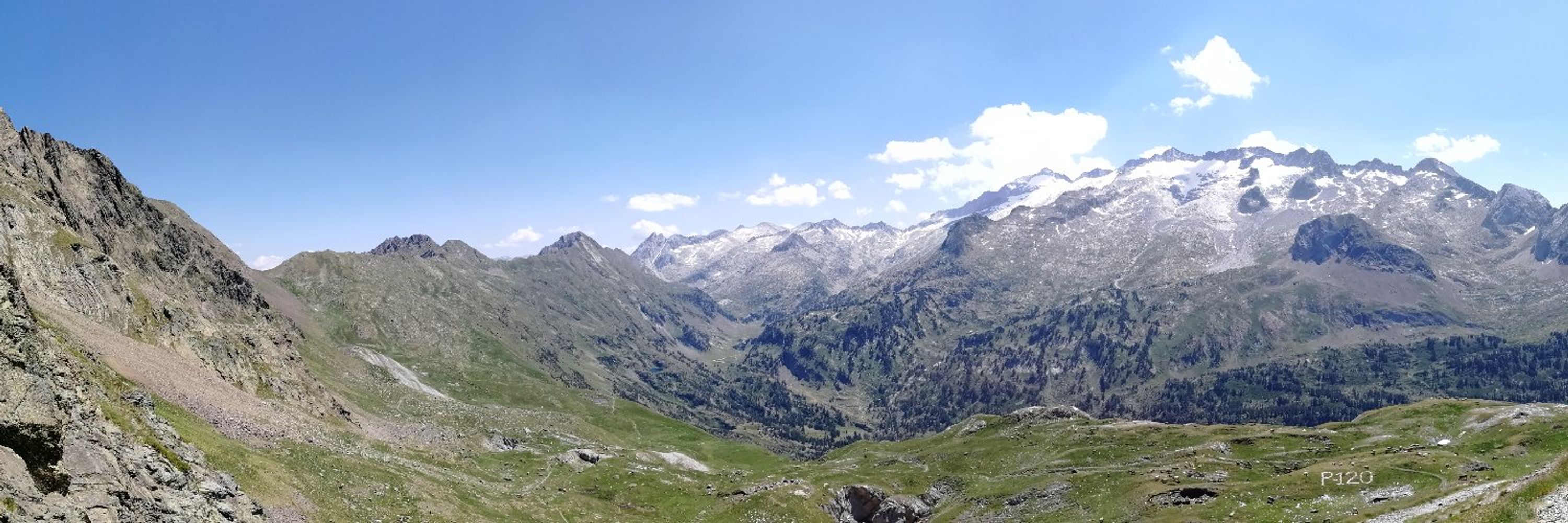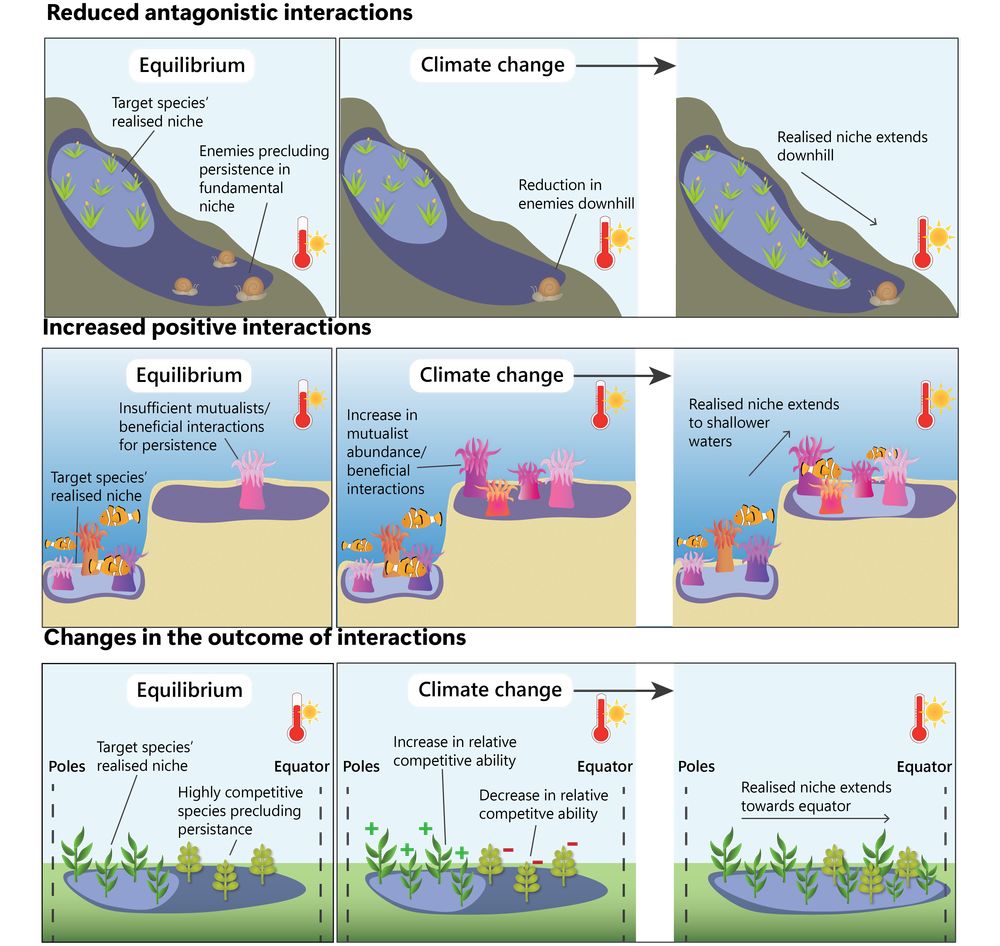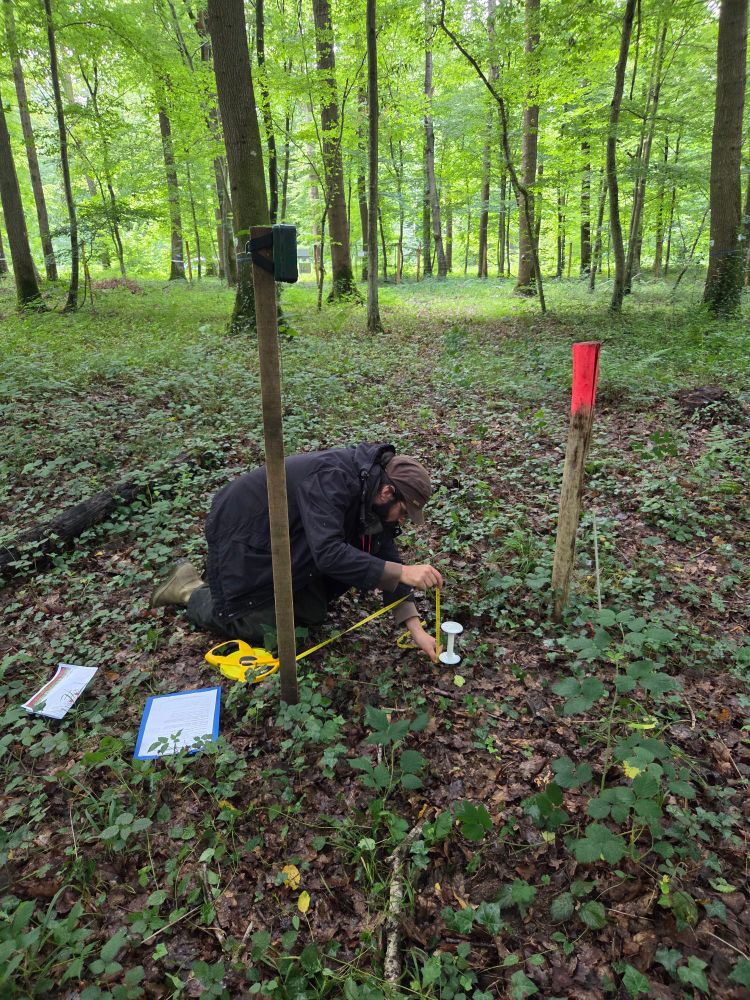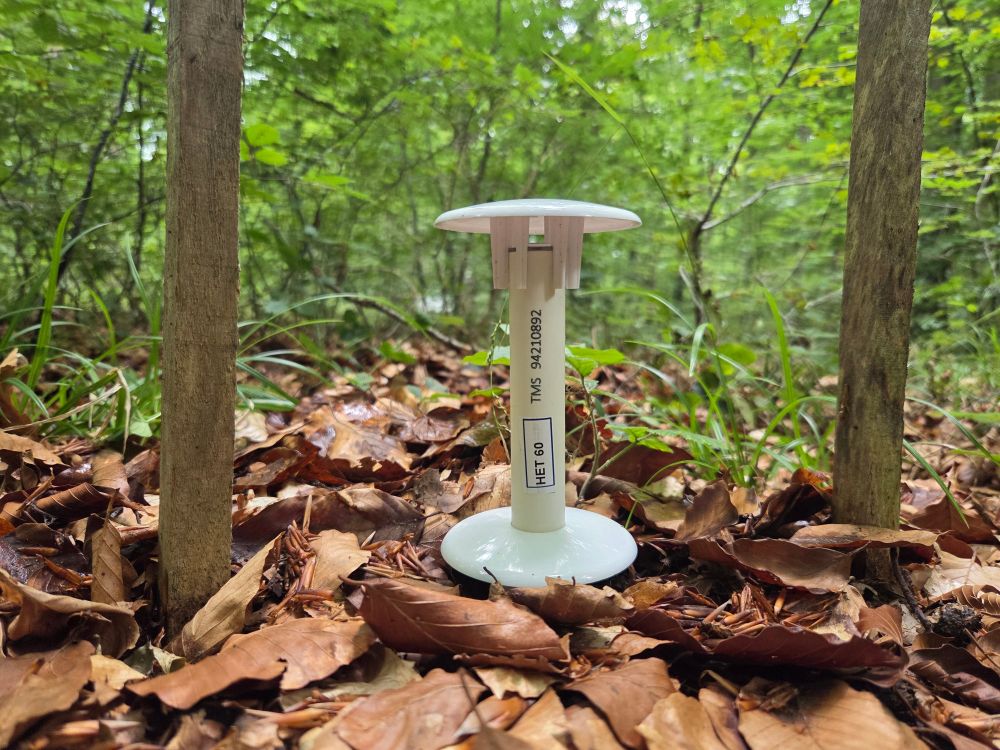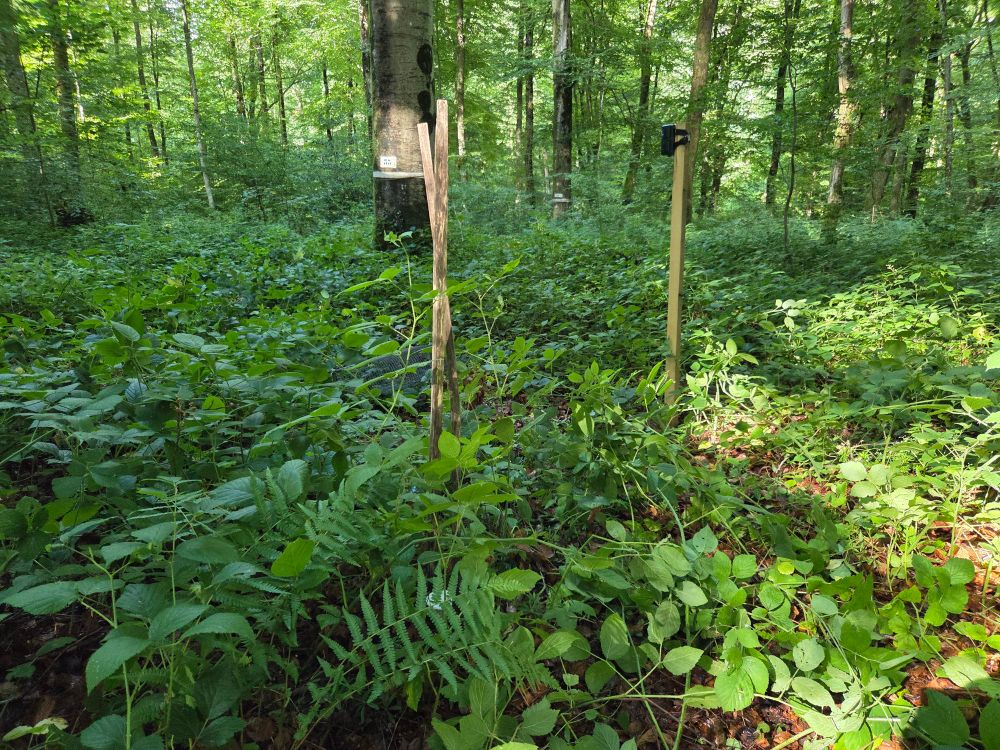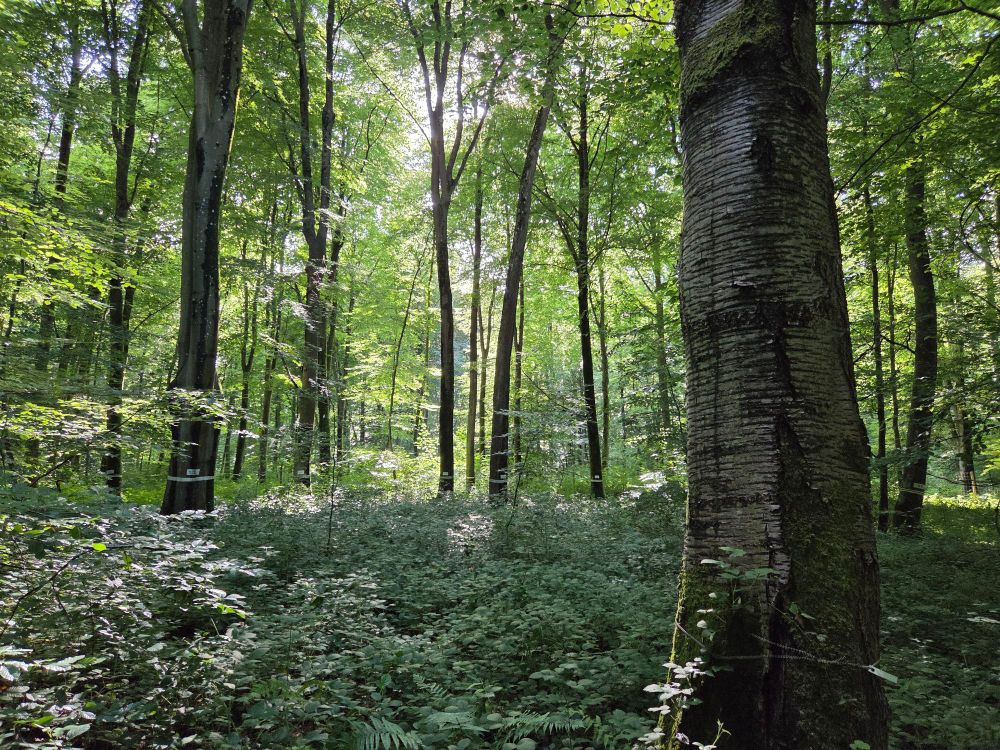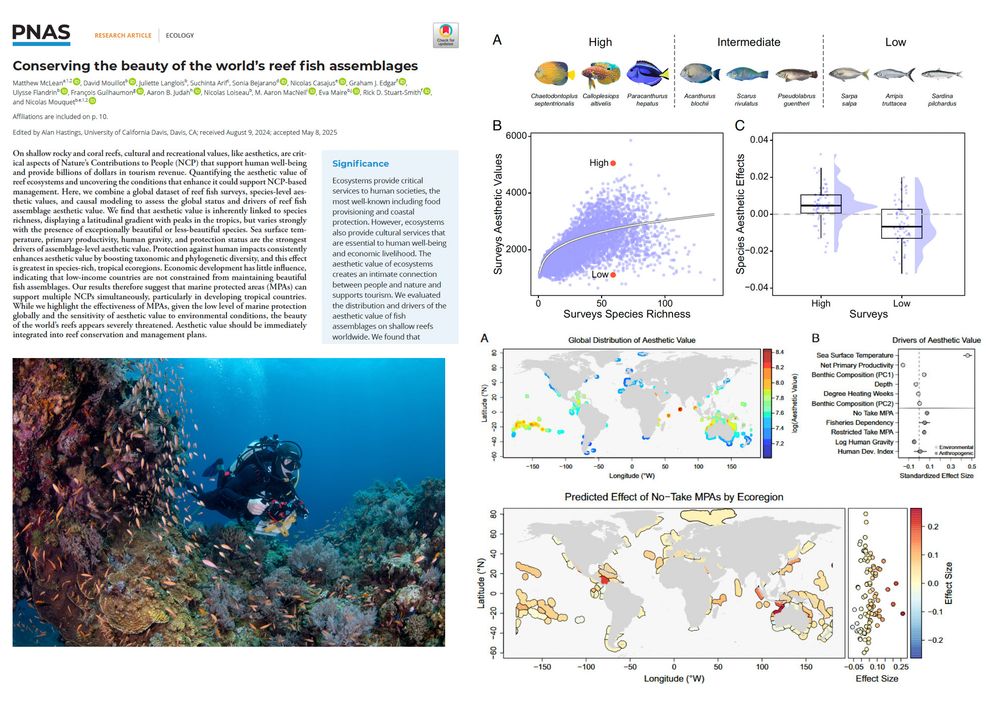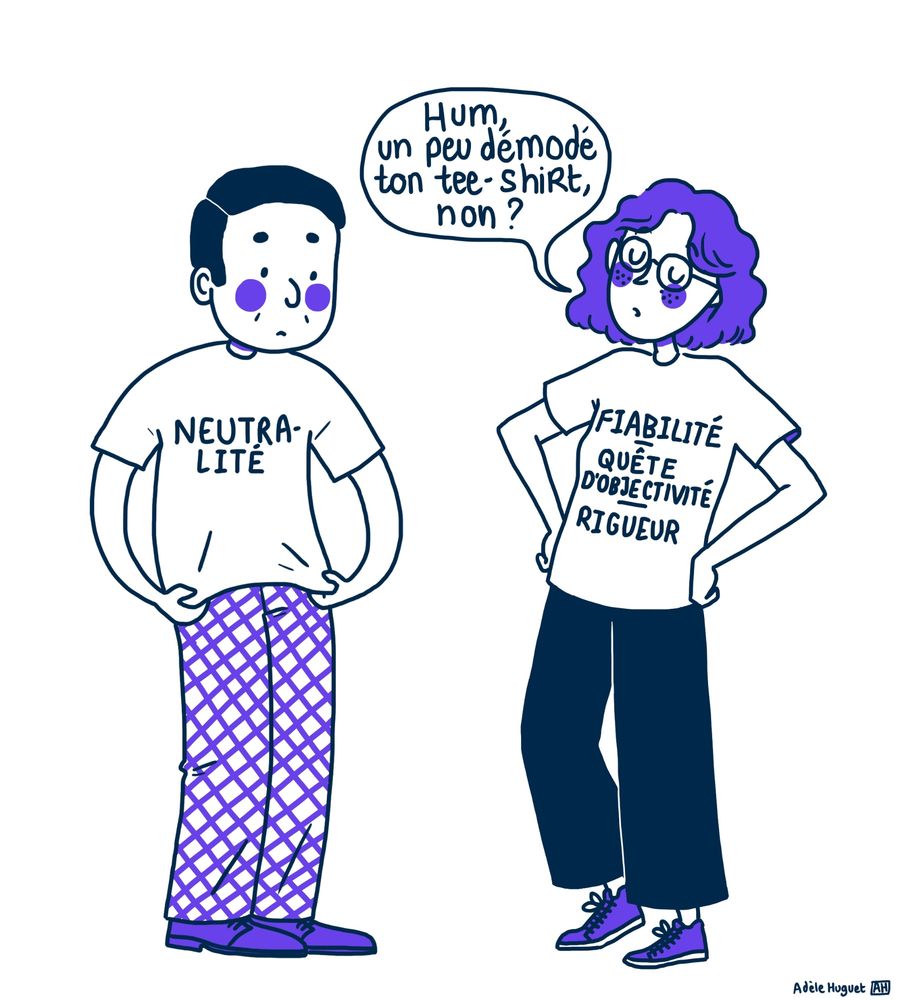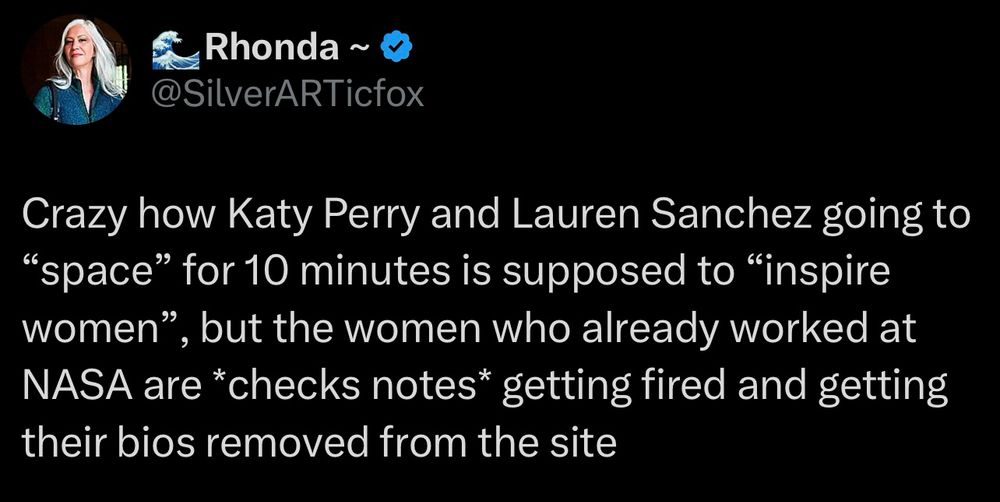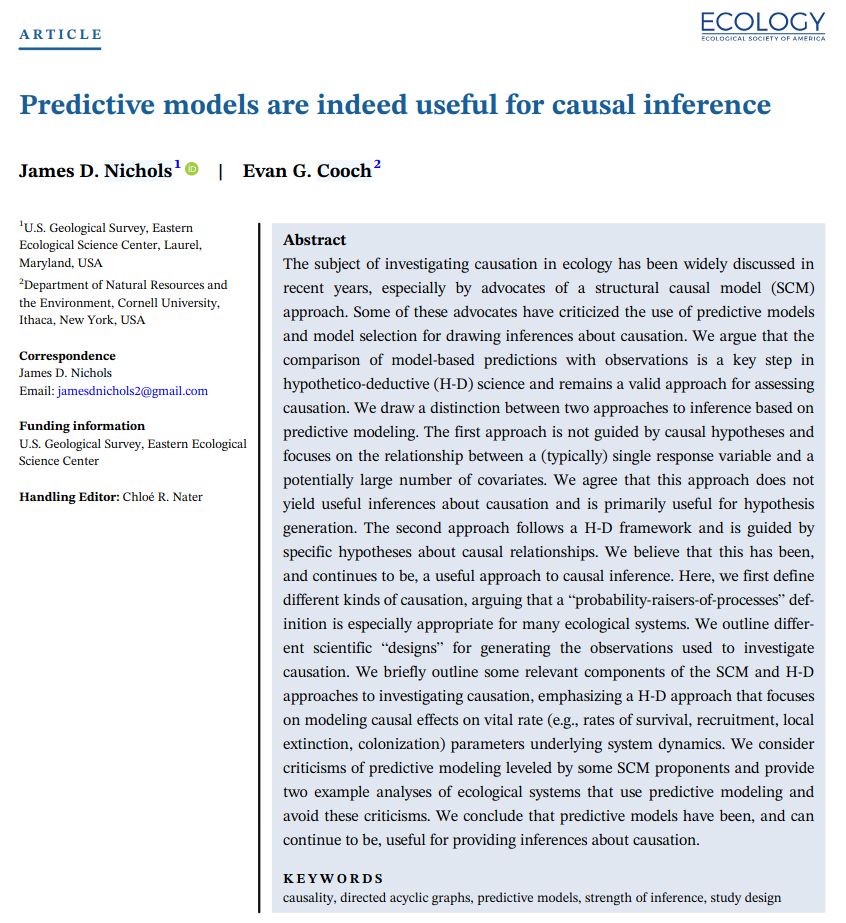Romain Bertrand
@romainbertrand.bsky.social
540 followers
77 following
16 posts
Researcher in global change ecology (mainly on forest ecosystem) at the CRBE lab (Toulouse, France)
@cnrs.bsky.social
Posts
Media
Videos
Starter Packs
Pinned
Reposted by Romain Bertrand
Reposted by Romain Bertrand
Reposted by Romain Bertrand
Reposted by Romain Bertrand
Reposted by Romain Bertrand
Reposted by Romain Bertrand
Reposted by Romain Bertrand
Reposted by Romain Bertrand
Ade Martin
@ademartindc.bsky.social
· Apr 6

Resilient tree-planting strategies for carbon dioxide removal under compounding climate and economic uncertainties | PNAS
To meet decarbonization targets, nations around the globe have made ambitious commitments
to expand forested land. Operationalizing these commitmen...
www.pnas.org
Reposted by Romain Bertrand
Stefan Pinkert
@pro-pink.bsky.social
· Mar 25
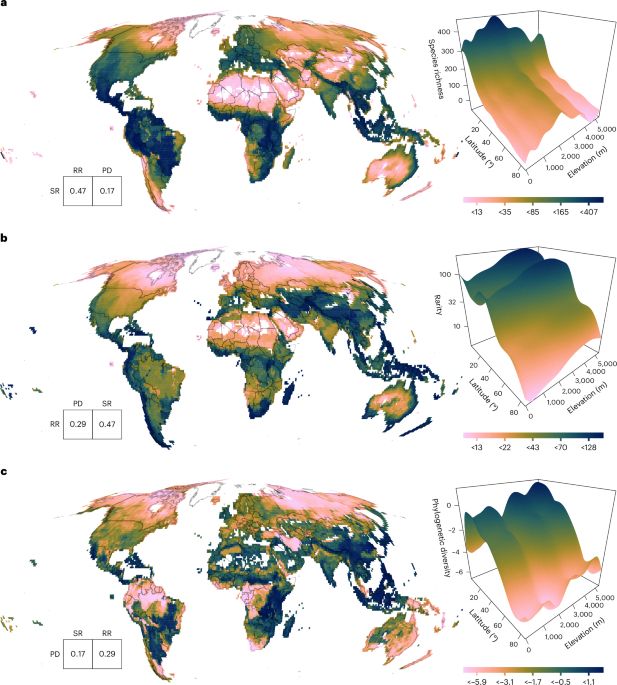
Global hotspots of butterfly diversity are threatened in a warming world - Nature Ecology & Evolution
Butterflies are a large, functionally important and charismatic invertebrate group. Here, the authors characterize global macroecological patterns of butterflies and project shifts in their bioclimati...
www.nature.com
Reposted by Romain Bertrand
Rémy Beugnon
@remybeugnon.bsky.social
· Mar 23

Tree Diversity Increases Forest Temperature Buffering via Enhancing Canopy Density and Structural Diversity
Making use of 6 years of microclimate measurements in a large-scale tree diversity experiment covering a species richness gradient ranging from 1 to 24 tree species, we demonstrate that tree species ...
onlinelibrary.wiley.com
Reposted by Romain Bertrand
Reposted by Romain Bertrand
Reposted by Romain Bertrand
